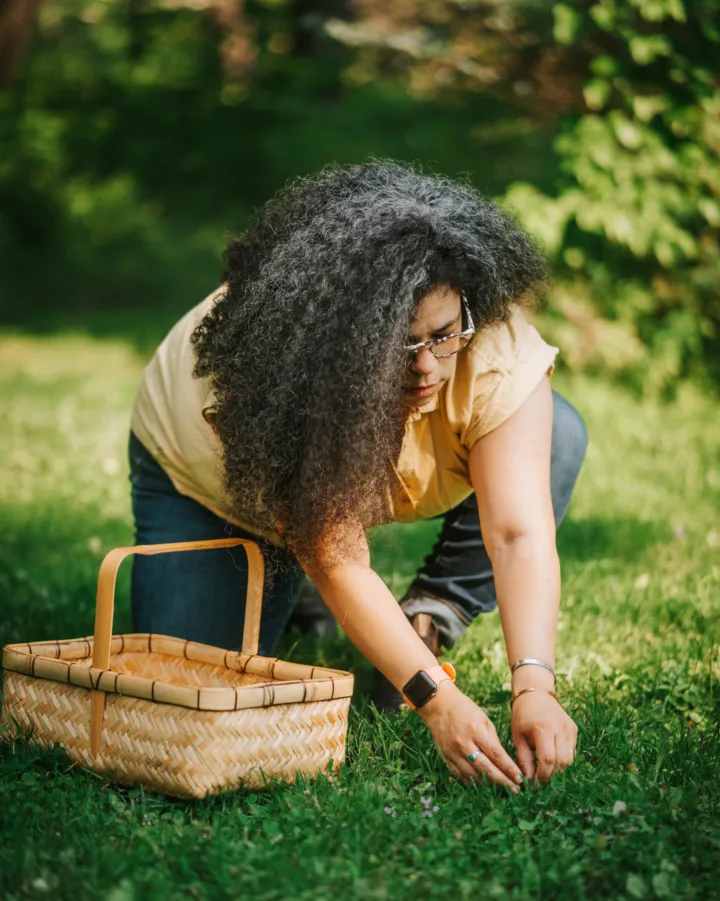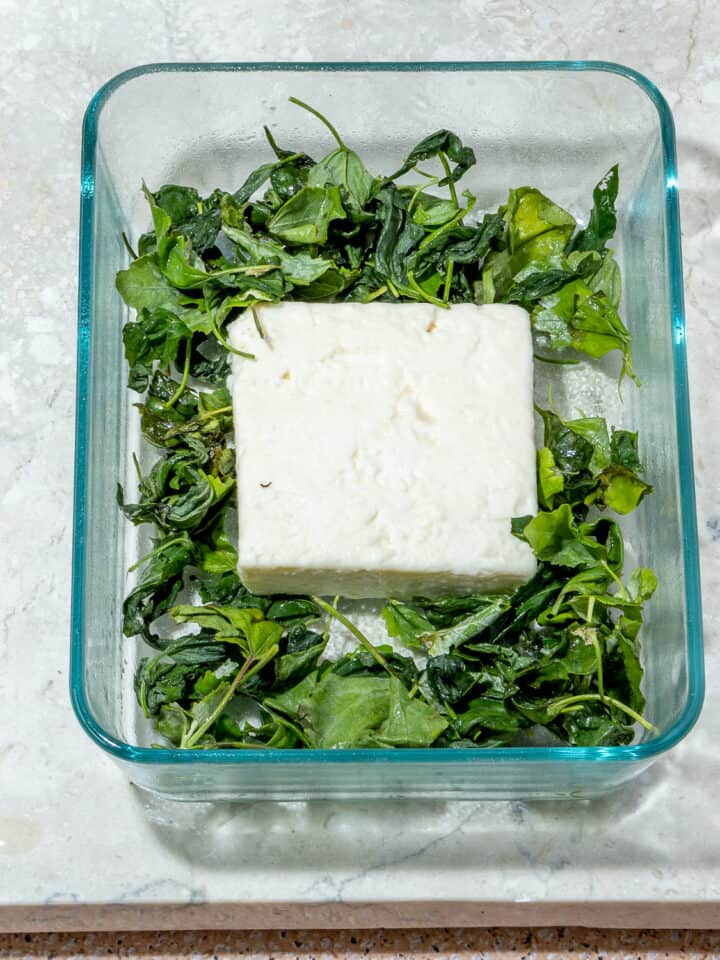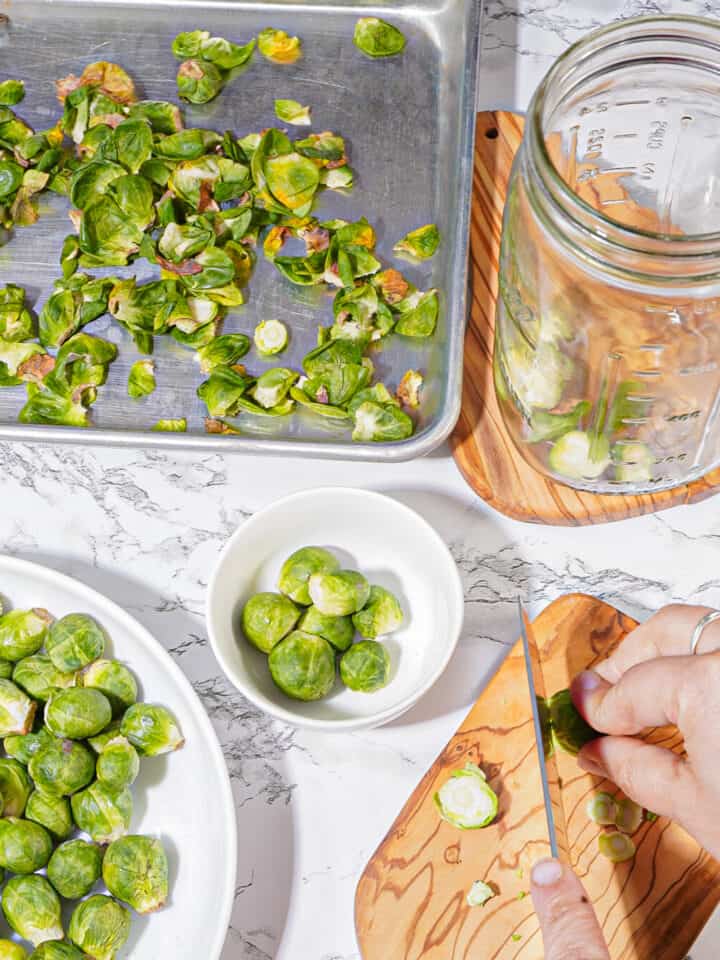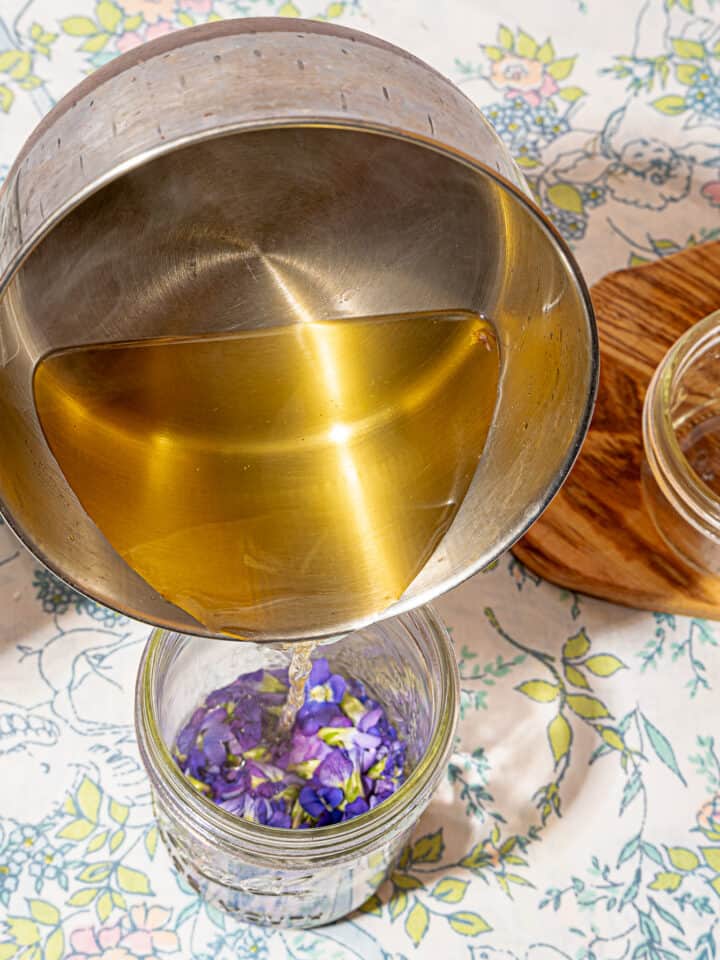Growing your own food is a great way to have fresh produce, but it only lasts a while. Fortunately, there are several ways to naturally preserve and enjoy your harvest all year round. This article will explore three popular preservation methods: canning, drying, and freezing.

Canning
Canning involves sealing produce in jars and using heat to kill microorganisms that cause spoilage. The easiest way to do this at home is to use boiling water from the kettle. Simply place your fresh produce in jars, seal them, and submerge them in boiling water until they reach a temperature of 212 degrees. This technique is best used for tomatoes and pickled foods.
Remember to only can produce that is at its freshest and use glass jars. Follow the instructions for canning based on the food you're storing.
Drying
Drying is the oldest method used for preservation and involves removing moisture from the food. You can purchase a dehydrating machine to simplify the process. To dry out your harvest, clean the product and remove any excess moisture. Cut off any stems and bad bits of the produce, and slice veggies such as peppers.
Blanch vegetables by cooling them in ice-cold water, draining them, and drying them. Skip this step if you're drying out fruits or herbs.
Place the produce into your electric dehydrator and follow the instructions with the dehydrator, or research how long each piece of produce should be dried. Remember that the drying process changes the taste and texture of the food and can quickly burn, so keep an eye on it while drying.
Freezing
The most common way of preserving home-grown produce is to freeze it. Blanch your vegetables before freezing them and place them in the freezer as quickly as possible after harvesting them. Note that not all vegetables and fruits can be frozen.
Preserving your produce is easy once you know how. Freezing and storing food in the refrigerator will only affect the taste as much as drying and canning. First, however, it's worth researching the best storing methods for the specific produce you're growing to identify the best way to preserve your home-grown food.







Comments
No Comments